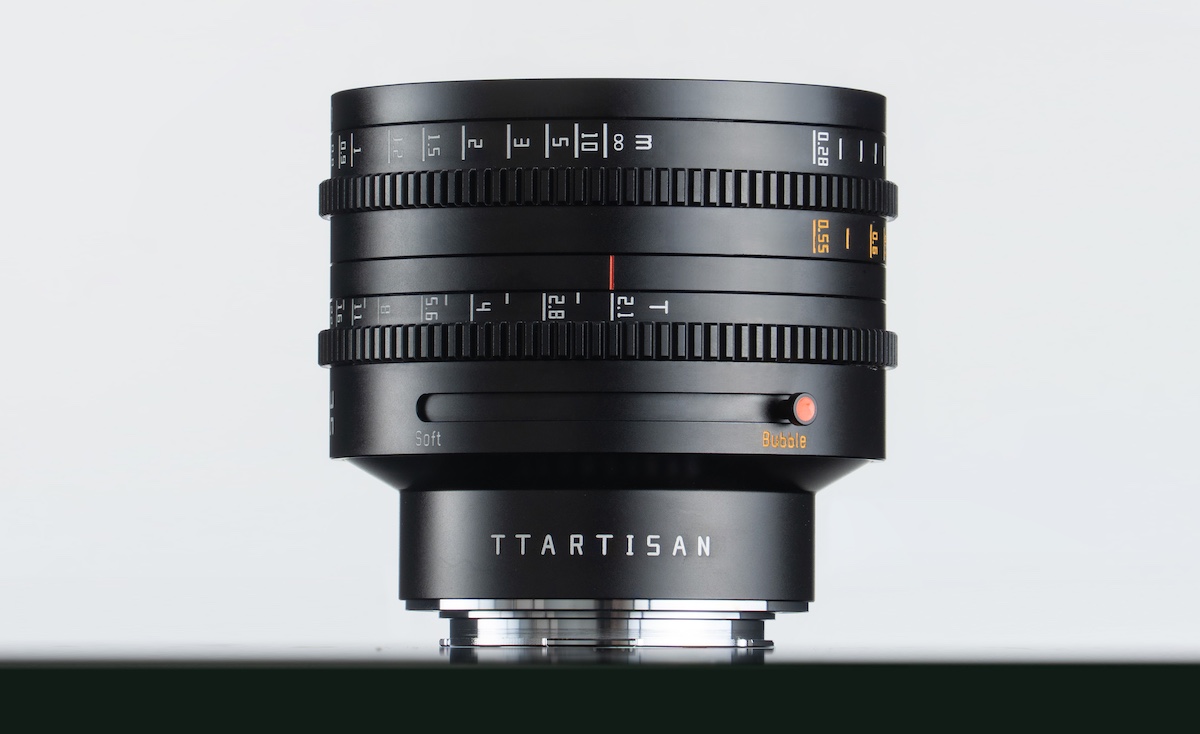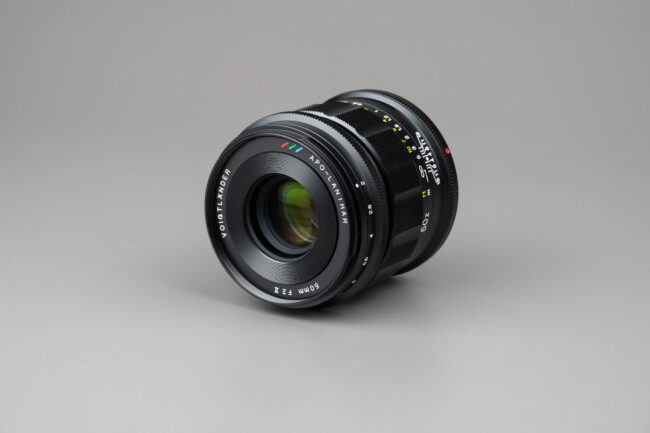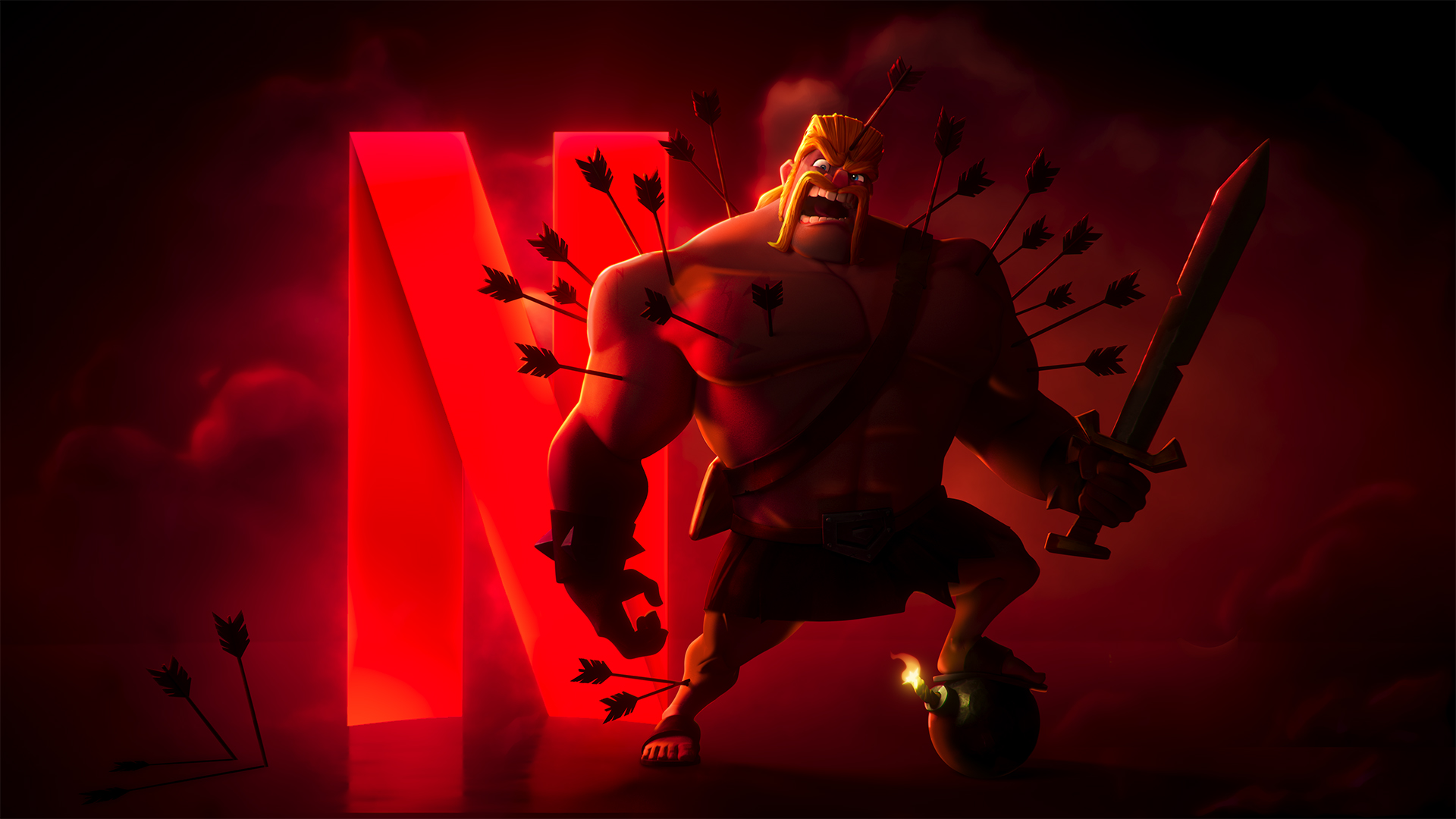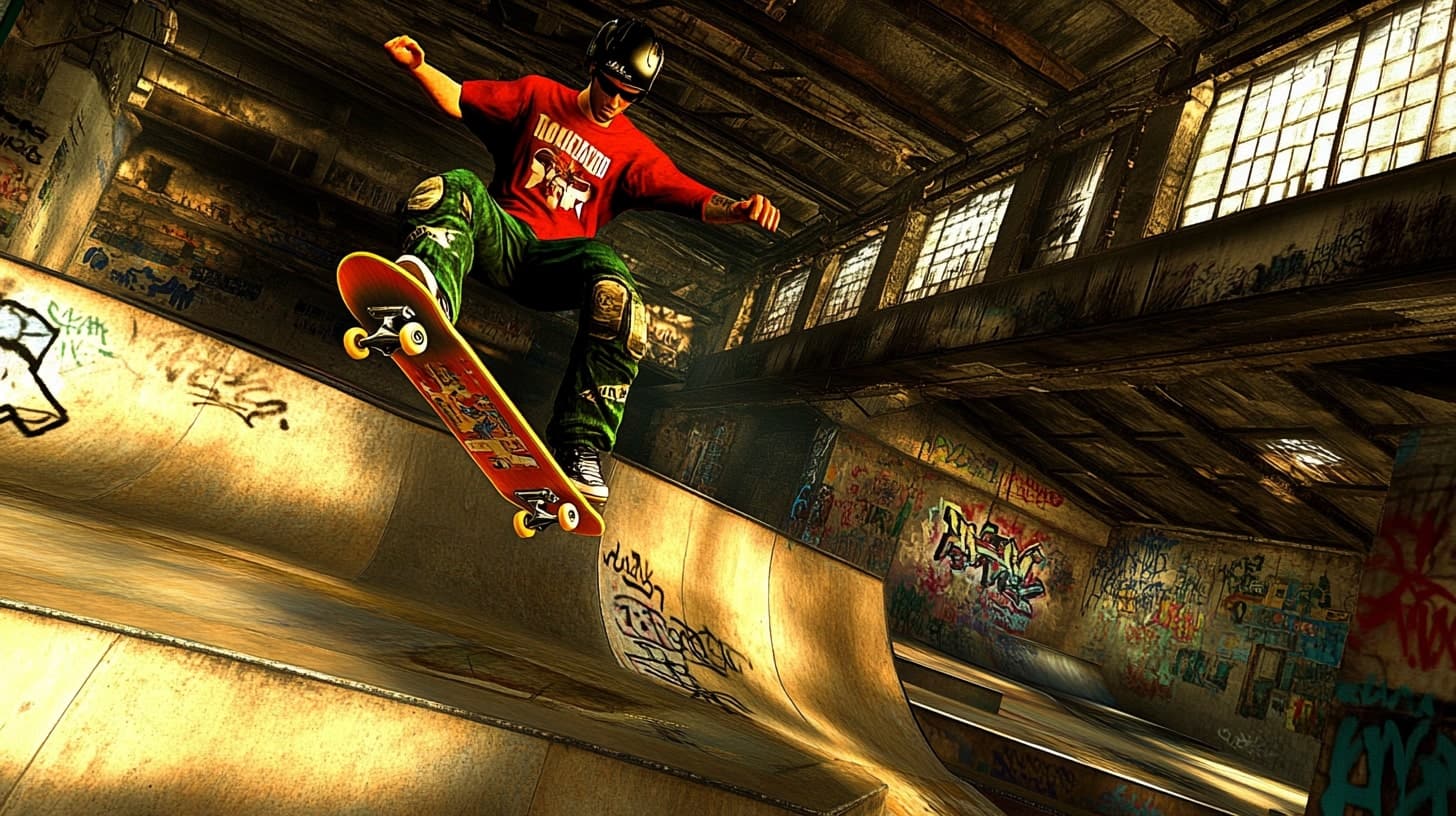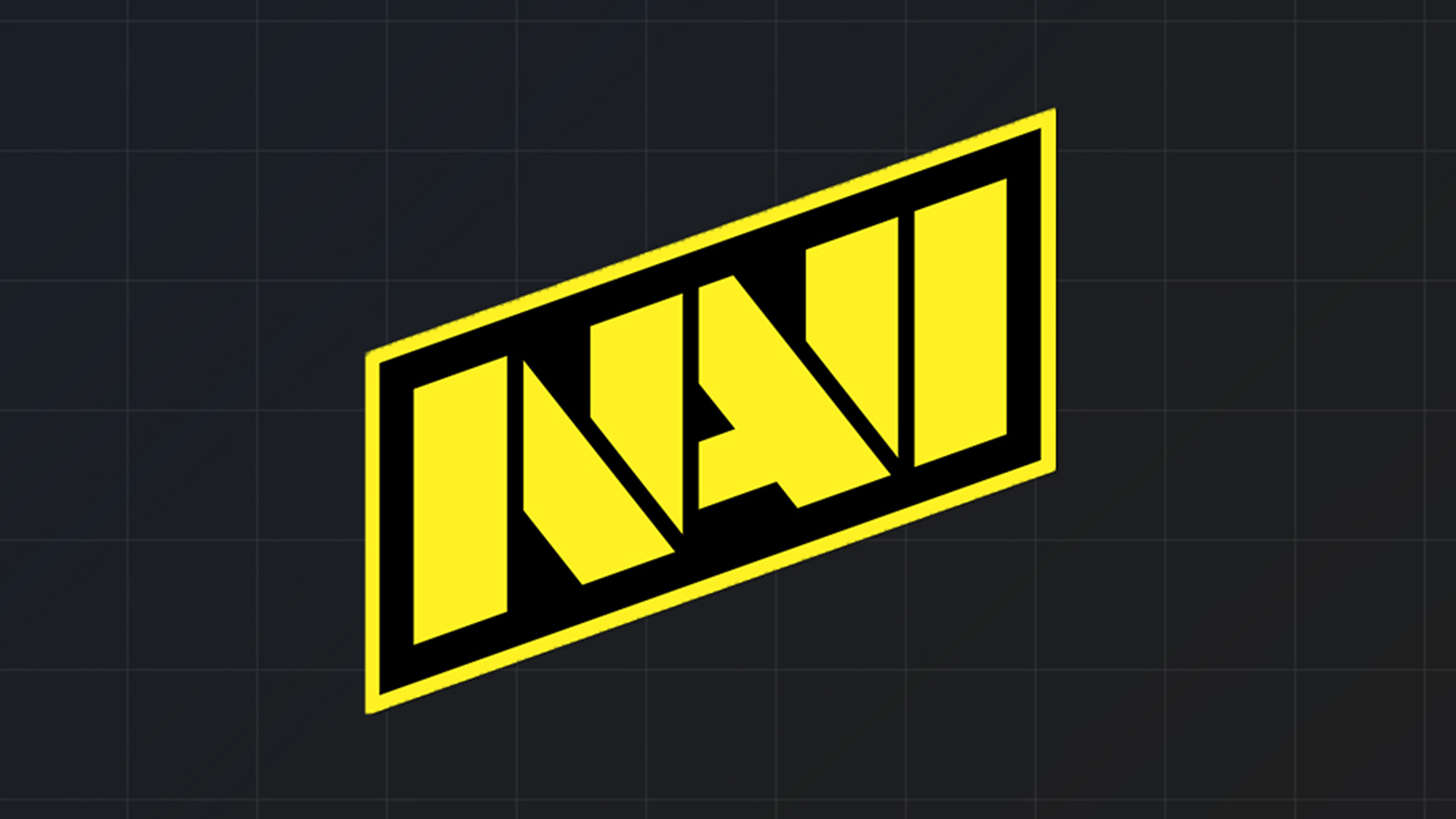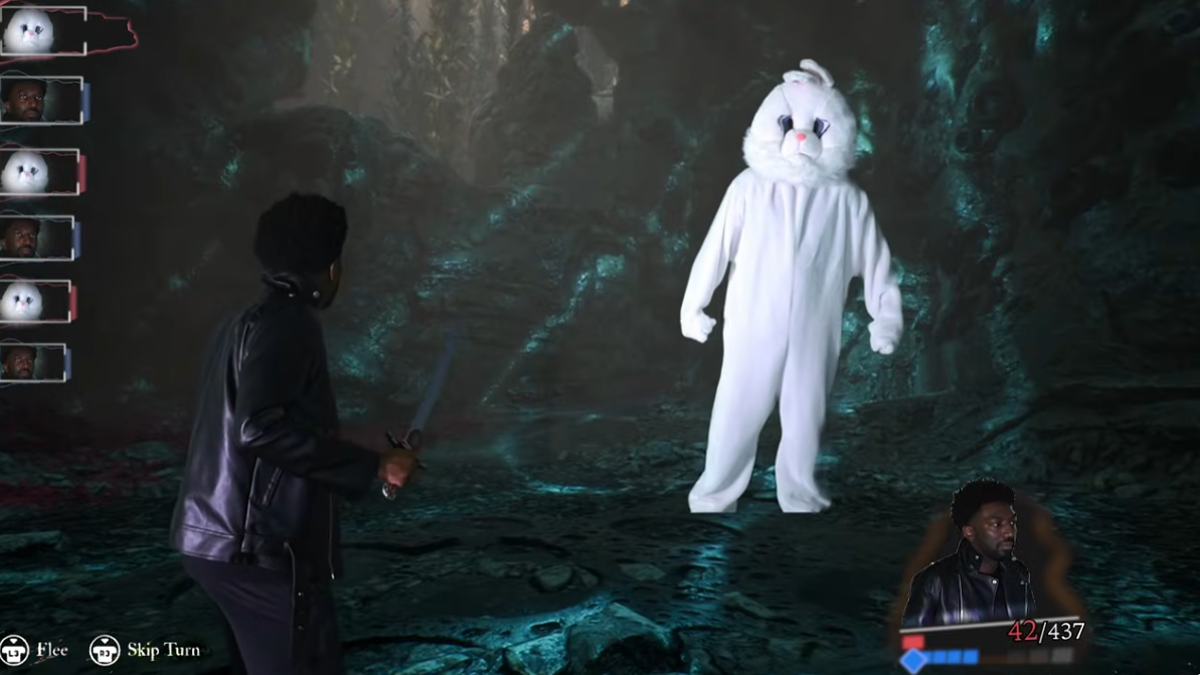Critical Role’s Daggerheart TTRPG solves some of D&D’s biggest problems
The popularity of the actual play show Critical Role helped make 5th edition Dungeons & Dragons wildly successful. But now, Critical Role Productions has become more than a booster and frequent collaborator for D&D: It’s become a competitor. After years in development, Daggerheart, a tabletop RPG from Critical Role’s publishing imprint, Darrington Press, launches today. […]


The popularity of the actual play show Critical Role helped make 5th edition Dungeons & Dragons wildly successful. But now, Critical Role Productions has become more than a booster and frequent collaborator for D&D: It’s become a competitor. After years in development, Daggerheart, a tabletop RPG from Critical Role’s publishing imprint, Darrington Press, launches today. And the book shows just how much lead designer Spenser Starke and the book’s other designers have learned from playing 5e, as they address some of that game’s biggest issues.
Problem: Failure is boring
There are few things as satisfying as rolling a natural 20 in a clutch situation in D&D, but D&D’s d20 system has a big drawback. It’s inherently very swingy, with a wide range from success to failure, and it can lead to situations where failure means the PCs accomplish nothing, and the story doesn’t move forward in a meaningful way. Roll low, and you might miss an attack, miss a key clue needed to progress the plot, or be unable to bypass a locked door to get to the next goal.
Daggerheart changes the math by having players roll two d12s and add the results, which generally smooths the probability curve in favor of success. But the more significant change is a system inspired by how Fantasy Flight’s Star Wars roleplaying game represents the pull of the light side and dark side of the Force. One of the d12s represents hope, while the other is fear, and the higher number determines which aspect is dominant in the totalled roll.
Succeeding with hope is nothing but good news for the PCs. Failing with hope gives them a hope point, a resource that can be spent on numerous special abilities, as a sort of consolation prize. Fear, in turn, gives the game master a fear point they can use to introduce complications or activate abilities for antagonistic NPCs.
That system, combined with a collaborative narrative focus, means there’s never an instance where a roll has no effect. If you can’t pick that lock, you might hear guards approaching, or even trigger a trap, depending on whether you failed with hope or fear. Miss a roll with fear in combat, and an antagonist will get a turn to act. Failure always has consequences that move the game forward.

Problem: Advantage and disadvantage are too significant
One of 5e’s key mechanics is the concept of advantage and disadvantage — rolling two d20s and taking the better or worse result, respectively. It’s an elegant way to avoid having numerous modifiers for conditions like being aided by an ally or trying to strike a hidden foe. But the math makes those edges and penalties too significant.
Daggerheart keeps the concept, but changes the effect to adding or subtracting a d6. The game also simplifies D&D’s laundry list of conditions — “grappled,” “paralyzed,” “heavily obscured,” etc. — to just three options: “hidden,” “restrained,” and “vulnerable.” It creates a convenient way to modify rolls without making GMs worry about the specific mechanics too much.
Problem: Species and background choices are too important
In the original 5e ruleset, players had to limit their species and background choices to ensure they got attribute boosts to the key stats for their class, or risk not being able to hit as frequently or do as much damage as players who made the more optimized choices. The 2024 ruleset removed attribute bonuses from species, but instead shunted them into backgrounds. That means you’re operating at a real disadvantage if, for story reasons, you want your wizard to have been a soldier instead of a scribe.
Attributes are entirely divorced from these decisions in Daggerheart, and just assigned based on what’s best for your character class. The other decisions give you flavorful minor abilities that might be better for some classes, but are fairly broadly applicable, like a giant having extra hit points, or a person who grew up in the wilderness being able to move silently. It keeps the mechanics from getting in the way of the fantasy.

Problem: Spellcasters have a lot more choices than non-casters
Admittedly, this isn’t a problem for everyone. Some new TTRPG players can be intimidated by lots of options, and might prefer the simplicity of playing a fighter who’s mostly going to move and attack on their turn, rather than considering which spells to use and prepare. Wizards of the Coast worked to offer more complexity to martial characters in the 2024 rules with the weapon mastery system, but mostly created more subclasses that are hybrids of casters and weapon-wielders.
No matter your class, Daggerheart characters all have equivalent options, thanks to a card system reminiscent of 4e D&D or Gloomhaven. Every level, characters get to choose new cards, which could represent a wizard using a runic ward, or a bard bolstering their allies with a pep talk. The modularity of the system also makes it easier to multiclass by just taking cards associated with other classes, at the price of digging deeper into your base abilities.
There’s still more work to be done
For all the problems they’ve solved, the Daggerheart designers left some big holes that need filling. The downtime action section is very thinly sketched. The game is deeply ambivalent about loot, preferring to abstract treasure rewards and costs into amounts like “a handful of gold” or “a chest of gold.” Upgrading gear is important to stay competitive, but the section on weapons is the weakest past of the entire book: Weapons follow a clear linear progression based on character tier, but their stats are printed over and over again, rather than being condensed with the formula.
And GMs are encouraged to come up with their own gear, but there are no tools provided. Special items only available at higher tiers have random names, like Wand of Essek or Aantari Bow, with no descriptions to give them the character of powerful D&D magic items.
But overall, Daggerheart is a strong evolution of medieval fantasy roleplaying. It shows a deep understanding of Dungeons & Dragons’ flaws, addressing them by drawing on the strengths of other systems. Even for groups not ready to fully make the switch to a new game, the book can provide some inspiration for making a D&D game a bit better.
Daggerheart is available for purchase now at through Critical Role shops and local game stores in the Darrington Press Guild, which offer a PDF free with a physical copy. The core set will arrive at Amazon and book stores including Barnes & Noble and Books-A-Million starting June 3. The free beta playtest is still available at DriveThruRPG.
For those who want to see Daggerheart in action, Critical Role has released several one-shots and specials. “Age of Umbra,” new eight-episode series run by Matthew Mercer will launch on May 29.






































